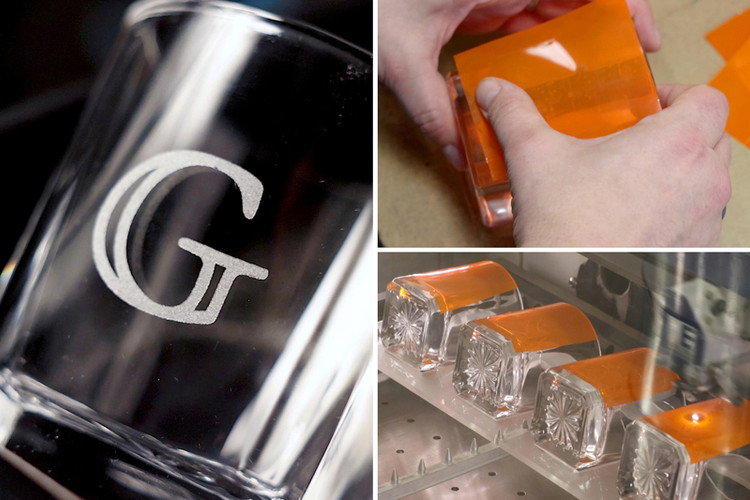17th Sep 2025
Combine Laser Engraving and Sandcarving for Premium Awards & Glassware
If you already own a laser, adding a CrystalBlast sandcarver unlocks finishes a laser alone cannot touch, especially on glass, crystal, powder-coated metals, ceramics, stone, and curved bottles.
We call this hybrid workflow blazering: laser-cut your stencil, then blast for a smooth, deep, high-end carve. The result is crisp detail with real depth and a satin finish customers can see and feel.
WATCH VIDEO: Laser Engraving Glass with Blazer Orange (JDS Industries)
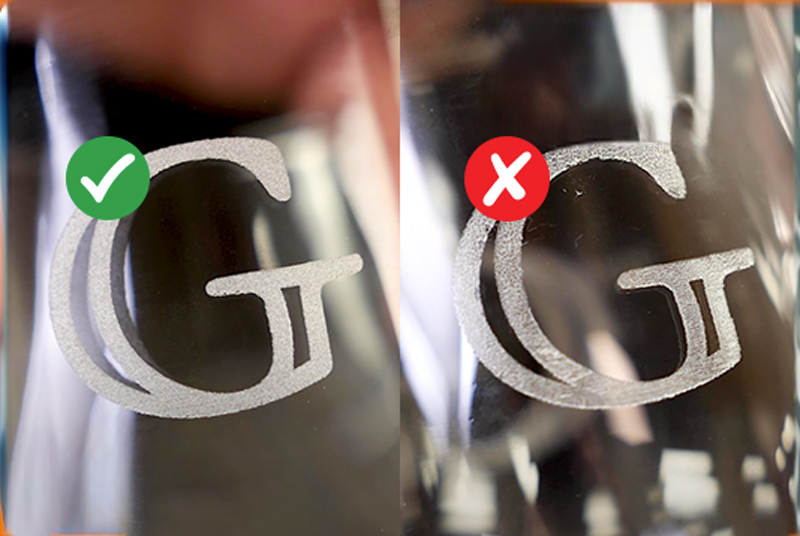
Why pair a laser with a sandcarver?
In the photo example above, the image on the right as just laser engraved. The image on the left was laser engraved with Blazer Orange mask. You can smooth it out even further by finishing it in a sandcarver.
- Depth and finish: Lasers typically mark the surface of glass. Sandcarving removes material to your desired depth for a silky, uniform look.
- Material range: Powder-coated tumblers, hard ceramic glazes, brick and stone, and thick glass respond beautifully with the right mask and media.
- Speed and control: Use the laser for fast, precise stencil cutting, then use the sandcarver to add depth, texture, and premium value.
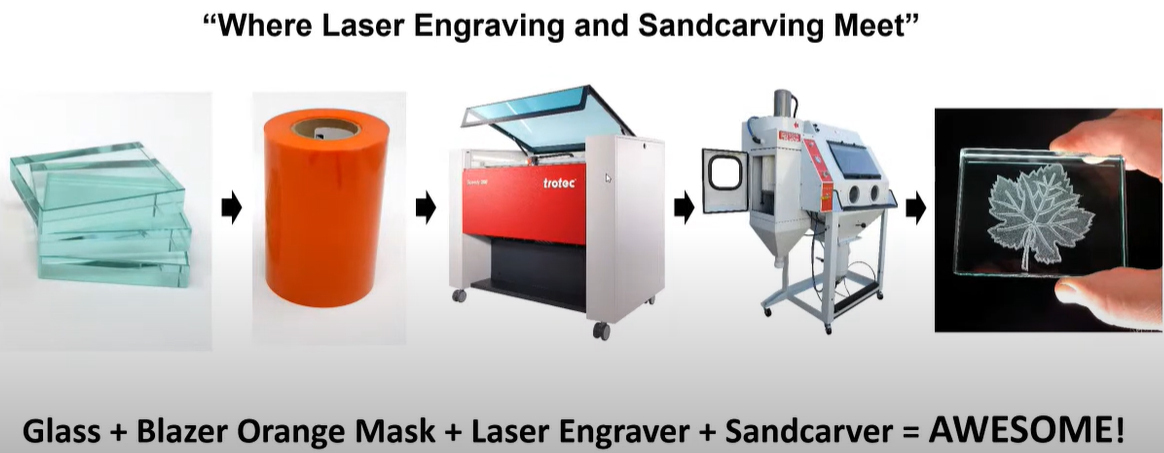
Step-by-step: Your Blazering Workflow
- Prep artwork for the laser. Mirror if needed for reverse-side blasting on glass. Support fine lines and plan any multi-depth areas.
- Mask your substrate. Apply Blazer Orange, Laser THICK, or LaserTape to a clean, dry surface. Burnish firmly, especially at edges and fine detail.
- Laser the stencil. Kiss-cut the mask, then weed out the areas to be blasted. Clean vector paths save blasting time.
- Media and machine setup. As a starting point, use silicon carbide at 180 mesh for all-around control and crisp detail. Move to 220 mesh for finer detail or shading. Aluminum oxide also works, but silicon carbide often cuts faster and lasts longer.
- Blast technique. Keep the nozzle moving. Use 90 degrees to the surface for speed, and a slight angle for edge finesse. Feather your passes for even depth.
- Clean and inspect. Dust off, rinse if needed, and check for uniform depth and edge quality.
- Finishing touches. Add paint or color-fill if desired. Peel mask, perform a final clean, and package.
Pro Tips for Cleaner, Faster Blasting
- Detail vs. depth: Use 220 mesh for micro-detail, and 180 mesh for faster depth. Swap media strategically by job.
- Watch nozzle wear: A worn nozzle affects edge quality and consistency. Replace it before it costs you time and rework.
- Surface prep matters: Thorough substrate cleaning improves mask adhesion and edge crispness, especially on glass.
- Tumbler tip: Powder-coated tumblers that look average on a laser often look exceptional after blasting and a color-fill.
IKONICS Imaging's Laser Mask Films
We offer three different laser mask films to use with your laser engraver. All three films are compatible with CO2 lasers, recommended 40 watts or higher.
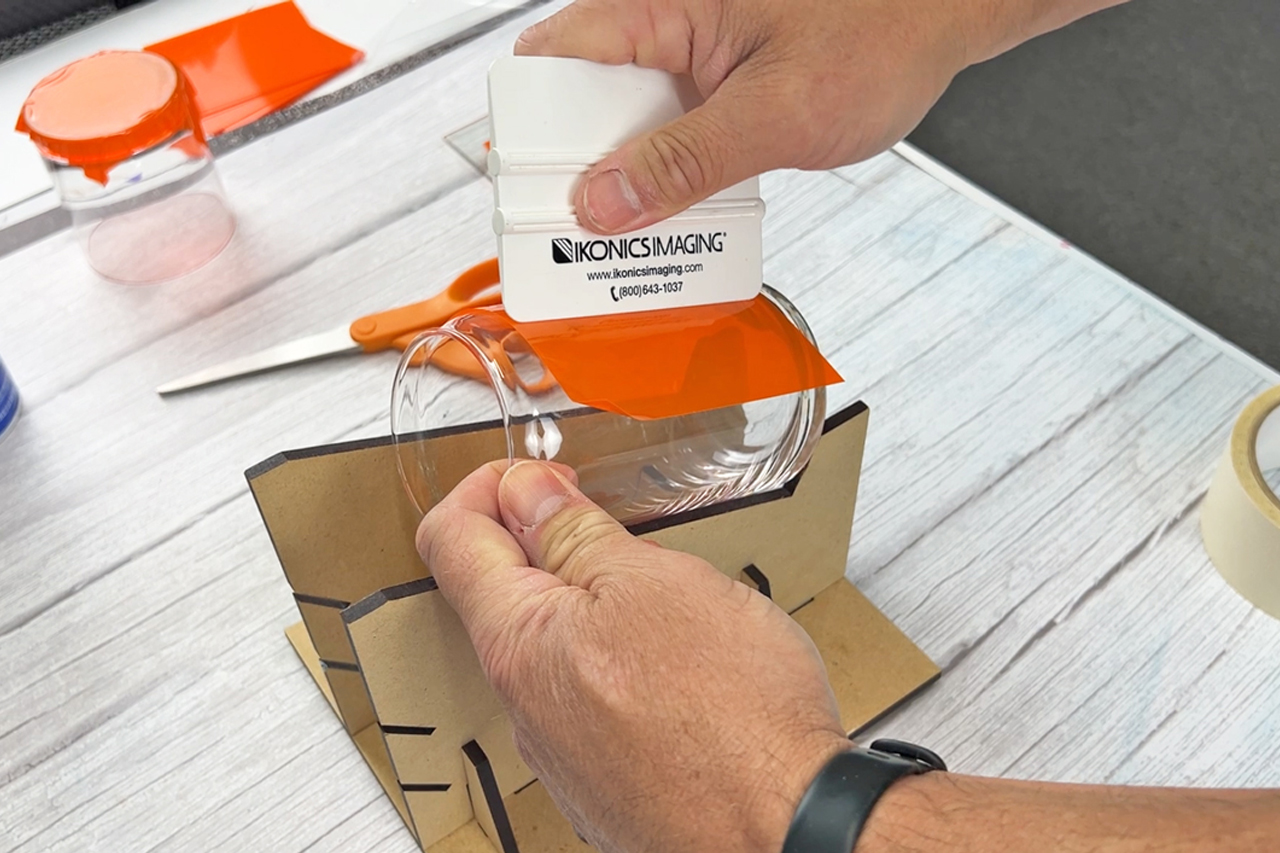
Blazer Orange: Flexible, clean release for glass and curves
A sandblastable, laser-cut mask that peels away without water, does not leave residue, and conforms around compound curves. Perfect for glass and crystal awards or drinkware when you want quick processing and clean removal. Shop Blazer Orange
Use it when: you want fast cleanup, minimal post-blast steps, and stretch around gentle curves such as stemware and decanters.
LEARN MORE: 5 Tips For Applying Blazer Oange To Glass
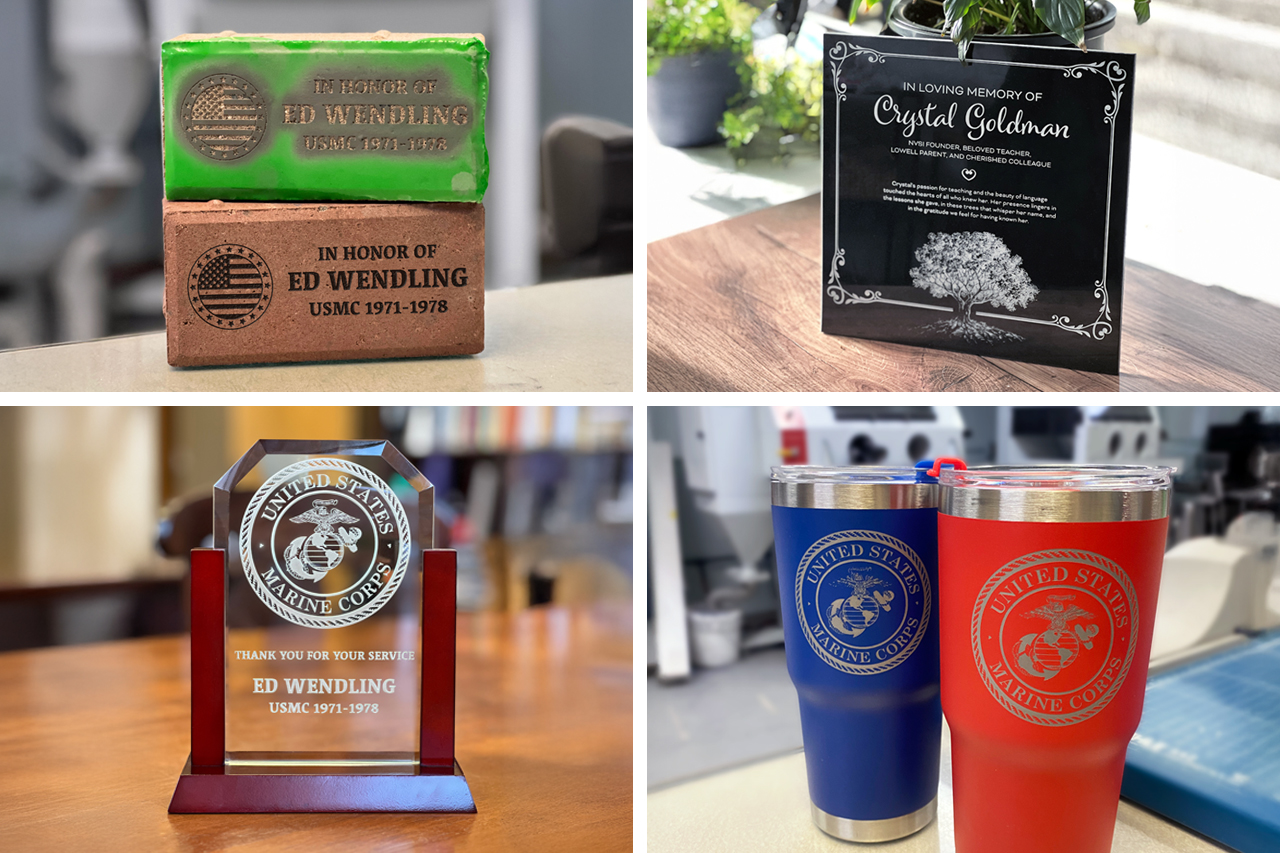
Laser THICK: Extra hold for deeper etches and tough coatings
Built for deeper etches and strong adhesion on challenging surfaces. Ideal for stone, brick, crystal, wine bottles, powder-coated metal, ceramics, wood, and more. If you have battled undercutting or mask lift on textured or coated items, start here. Shop Laser THICK
Use it when: you need staying power and depth on powder-coated tumblers, ceramic mugs, textured glass, or outdoor stone.
LEARN MORE: Laser THICK for Engraving and Deep Etching
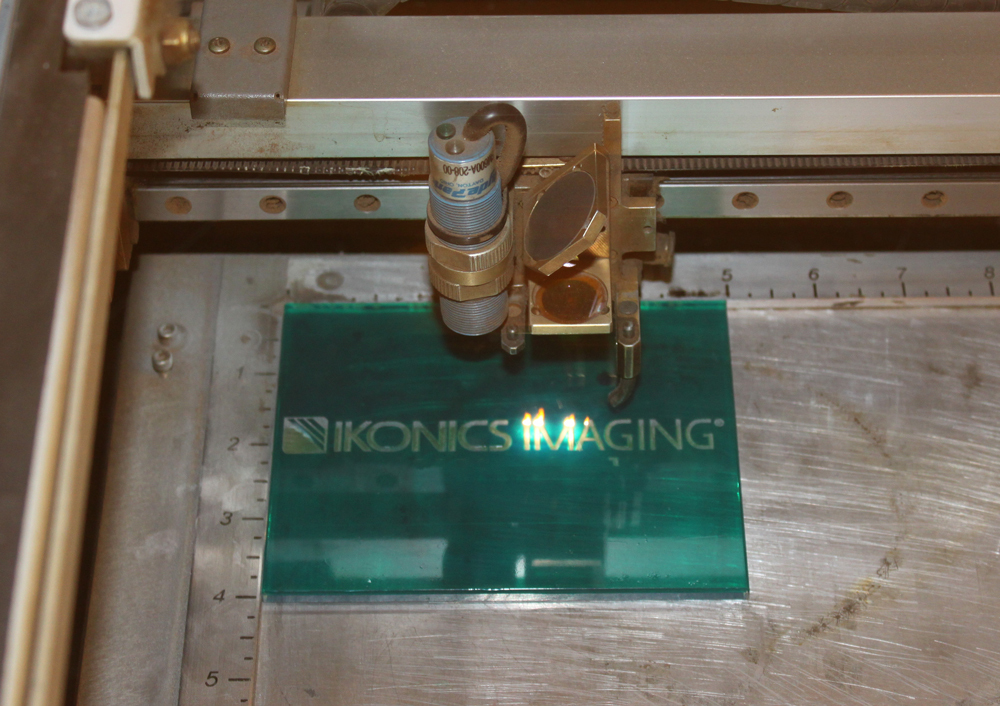
LaserTape: Classic strength with water-soak removal
The original laser mask with strong adhesion and fast, clean burns. It typically requires a water soak to remove, which many shops prefer for color-fill workflows. Shop LaserTape
Use it when: you want a robust hold and plan to water-soak the mask off, especially when paint or color-fill is part of the process.
Coming Soon: A Laser Mask for Diode Lasers
We are developing Blazer Black, a new laser mask engineered for diode lasers. It is not ready yet, but if diode compatibility will streamline your shop, keep an eye on this space for testing updates and launch timing, or reach out to our customer support team for a sample.
Ready to Try Blazering?
We offer hands-on blazering classes throughout the year. Check out our events page for upcoming Blazering 101 workshops and see how adding a CrystalBlast cabinet to your laser shop can help you upsell to premium deep-carve finishes. If you have questions about the right mask, media, or cabinet for your workflow, contact our technical team.
